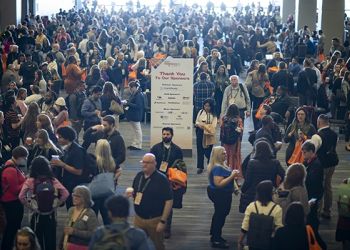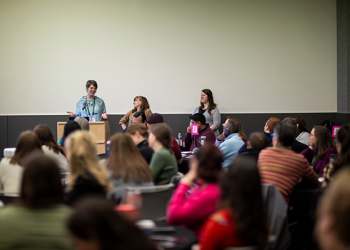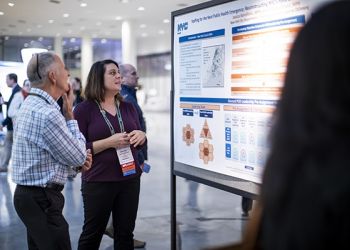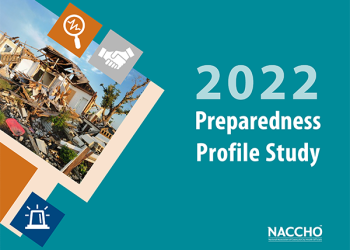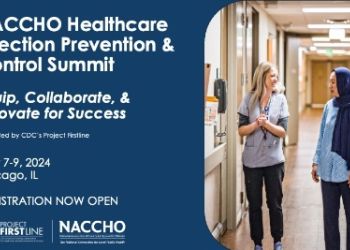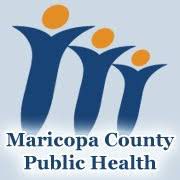 Interview by Taylarr Lopez, Communications Specialist, NACCHO
Interview by Taylarr Lopez, Communications Specialist, NACCHO
This entry is the first in a series of “NACCHO Annual preview” blog posts, which feature interviews with presenters ahead of NACCHO Annual 2018. Tracy Cruickshank, MBA, MSW, Manager for the Office of Healthcare Innovation at the Maricopa County Department of Public Health (MCDPH), will discuss her department’s Arizona Athlete Opioid Initiative, which was developed to prevent prescription opioid misuse among high school athletes, in her upcoming presentation, “The Power of Collaboration: The Arizona Athlete Opioid Initiative.” Below, she shares how and why this initiative was implemented, how it expanded to include partners with much greater reach and influence over high school athletes, and the benefits of this collaborative effort.
Tell us about the burden of opioid misuse among high school athletes in your jurisdiction. What was the impetus for this program?
Among the many initiatives aimed at addressing the opioid epidemic in Maricopa County, none were focusing on preventing prescription opioid misuse among high school athletes, which is steadily rising. When the Arizona Interscholastic Association indicated to MCDPH that they thought this was an important issue to address, we began our work in this area by conducting qualitative research among former high school athletes, parents, athletic coaches, and medical providers to get a better understanding of how prescription opioids can affect this group. Findings included that high school athletes often have access to prescription opioids because of injuries and can feel pressure to get back into the game, which can lead to prescription opioid misuse. According the Journal of Child & Adolescent Substance Abuse, one study found that 8% of female athletes and 12% of male athletes reported abusing prescription painkillers in the past year. The study also mentioned that among high school athletes, football players have the highest rates of opioid misuse.1
How does the Arizona Athlete Opioid Initiative work with its partners to address opioid misuse?
The Arizona Athlete Opioid Initiative (AAOI) meets monthly to collaborate on developing curriculum and other content for student athletes, parents, and coaches that teaches opioid misuse prevention among high school athletes. These monthly meetings have been very helpful because as a new initiative, we do not have a roadmap for this work. We work with community partners including the Arizona Interscholastic Association, the Tempe Union High School District, and the Governor’s Office of Youth, Faith and Family to collaboratively leverage resources, areas of expertise, and access to the target audience.
One of the strategies of the AAOI has been to invite new partners to the table who have been interested in starting similar initiatives in our community. On multiple occasions, we have learned about groups interested in starting their own program focusing on prescription opioids and high school athletes, and we have worked to bring those groups to the table to collaborate to maximize our limited resources and reach.
What has been the most valuable resource developed or lesson learned through this initiative?
I think that the most valuable lesson learned through this initiative is how important it is to take the time to get the buy-in of organizations that can effectively and efficiently take an initiative to a target audience. Maricopa County is one of the largest public health jurisdictions in the United States, and MCDPH has only one person who is dedicated to addressing opioids in our community. If MCDPH were doing this alone and did not have an organization such as the Arizona Interscholastic Association’s support in this effort, we would not be able to reach nearly the number of high school athletes that we will be able to through this partnership. Access to our partners’ expertise and distribution system has been invaluable and has taken this initiative to another level.
What has been the reaction of the participants since the start of the program?
We have found that many people do not know what to do if a high school athlete has been injured and is prescribed opioids. We are still developing content for this initiative and continuing to test it with the intended audience and collect feedback. Once more data has been collected and evaluated, we will have a better understanding of how the community is responding to the initiative.
What advice can you offer to other local health departments who want to replicate the success of the program?
I would recommend that local health departments consider working with organizations that can reach high school athletes easily. Cooperation and support from our partners has been monumental to the implementation of this initiative. Partnering with other organizations that have the resources and the means to communicate to your target audience is key. Local health departments that would like additional information are more than welcome to reach out to us.
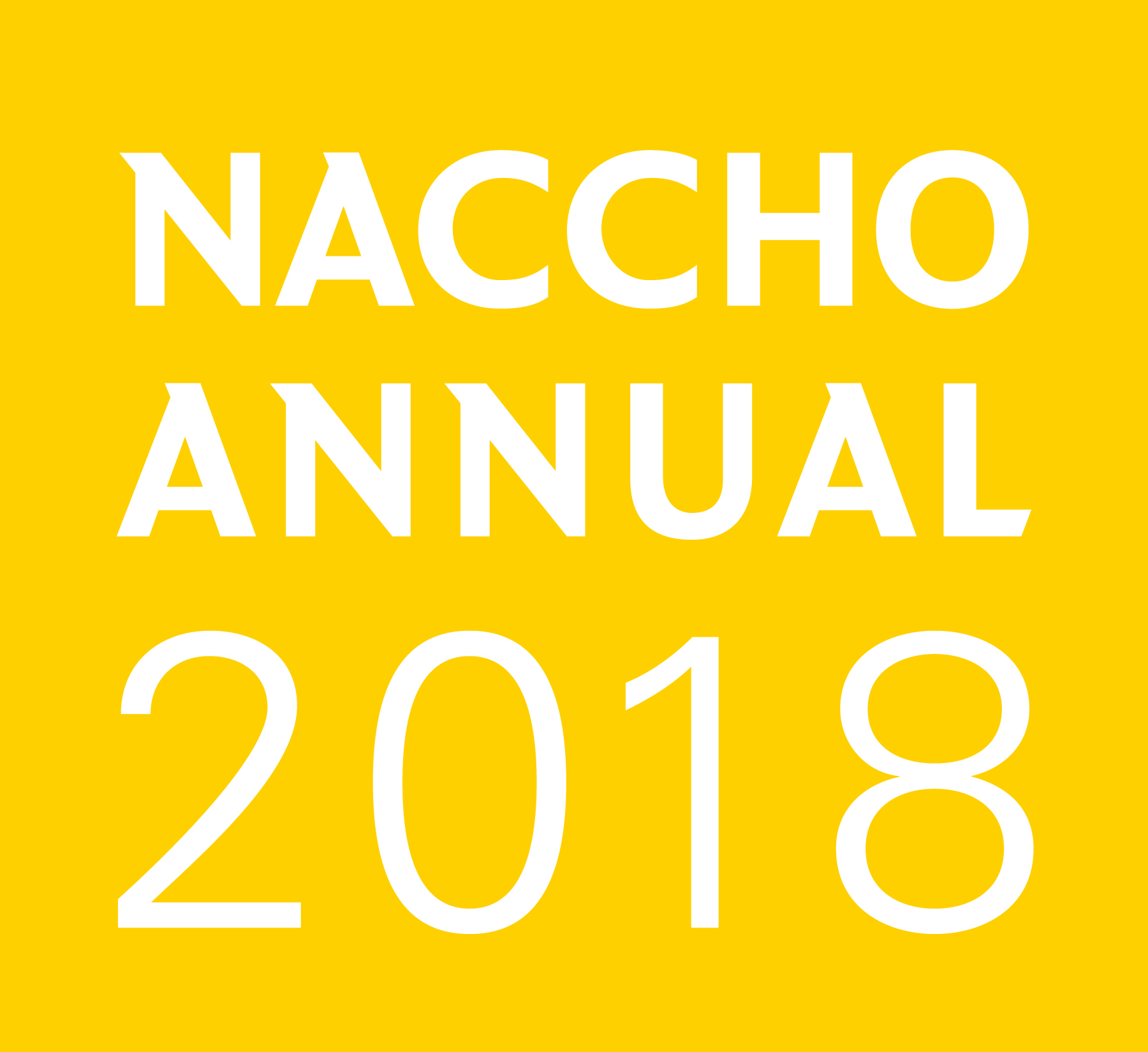 Have you ever attended NACCHO Annual? What are you most looking forward to at NACCHO Annual 2018?
Have you ever attended NACCHO Annual? What are you most looking forward to at NACCHO Annual 2018?
I have attended NACCHO Annual twice before; in 2013 and 2017. I think that I am most looking forward to hearing about the real-life experiences of other health departments—their successes, challenges, and the lessons they have learned. All these things help us gain a better understanding of whether something might work in our community.
Interested in learning more about innovative initiatives like this one? View the full schedule, conference tracks, and objectives, and start making your plans to join hundreds of local public health professionals from across the nation for NACCHO Annual 2018. We look forward to seeing you and your team July 10–12 in New Orleans!
References
- HealthDay News. (2014). Abuse of Prescription Painkillers on the Rise Among High School Athletes: Survey.
